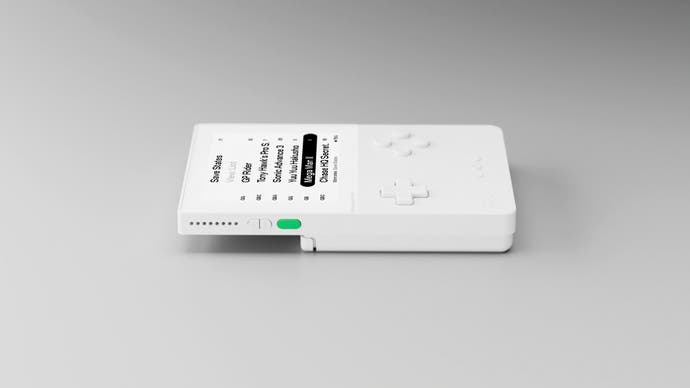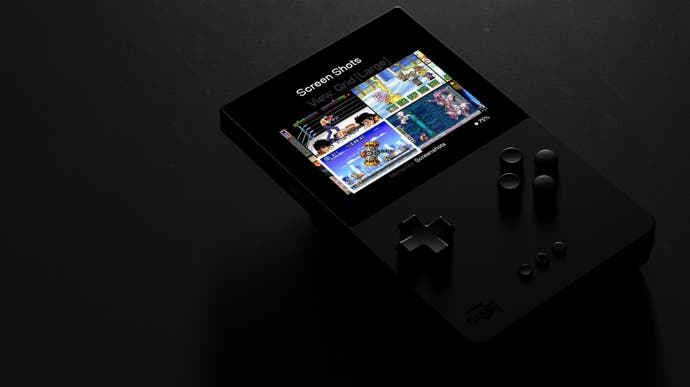Analogue OS announced
'Purpose built for exploring and celebrating all of video game history.'
With the Analogue Pocket set for release later this year, some new details about the device and future Analogue products has surfaced with the reveal of Analogue OS. Moving away from the basic but functional menu design of prior products, Analogue OS seems to be focusing on bringing quality of life features that could greatly enhance the overall experience.
The library feature is perhaps one of the most interesting aspects. This database of information, accessible directly from the device, was seemingly curated with the goal of identifying any and all variants of a game. For games which have had dozens of revisions, including different regions, the library can provide all relevant information. This could even help identify pirate carts as simply inserting the game into the unit will provide information about that specific cartridge. Knowing how common pirated Game Boy cartridges have become, this could become a quick way to identify legit carts for collectors.

In addition, the interface itself seems to have been fully revamped to support all the new features. You can make playlists set box art or title screens for your collection as well as take screenshots of any game you're playing. Plus, instant save states are supported as well - something that wasn't possible on prior Analogue devices. All of this seems to be nicely integrated into the OS and we'll be curious to see how it functions in practice.
I also appreciate the addition of a play log similar to the Wii - where the system can record the dates and amount of time you played each game while showcasing that information using different formats.
Beyond this, the OS will support wired or wireless controllers in addition to the built-in features of the Pocket and the UI is designed to work across all supported displays including the internal Pocket LCD and both digital and analog monitors, when paired with the right accessories.
We also learn more about the Pocket's display modes which seem to be focused on mimicking the look of the original LCD panels. We've seen this in action with modded Game Boys where, using a high-resolution panel, you can divide up the screen into a virtual grid using thin lines. They seem to have implemented this for each respective platform supported. Even the color scheme for Game Boy appears to be spot-on.
We'll find out more when the Pocket finally emerges later this year!

